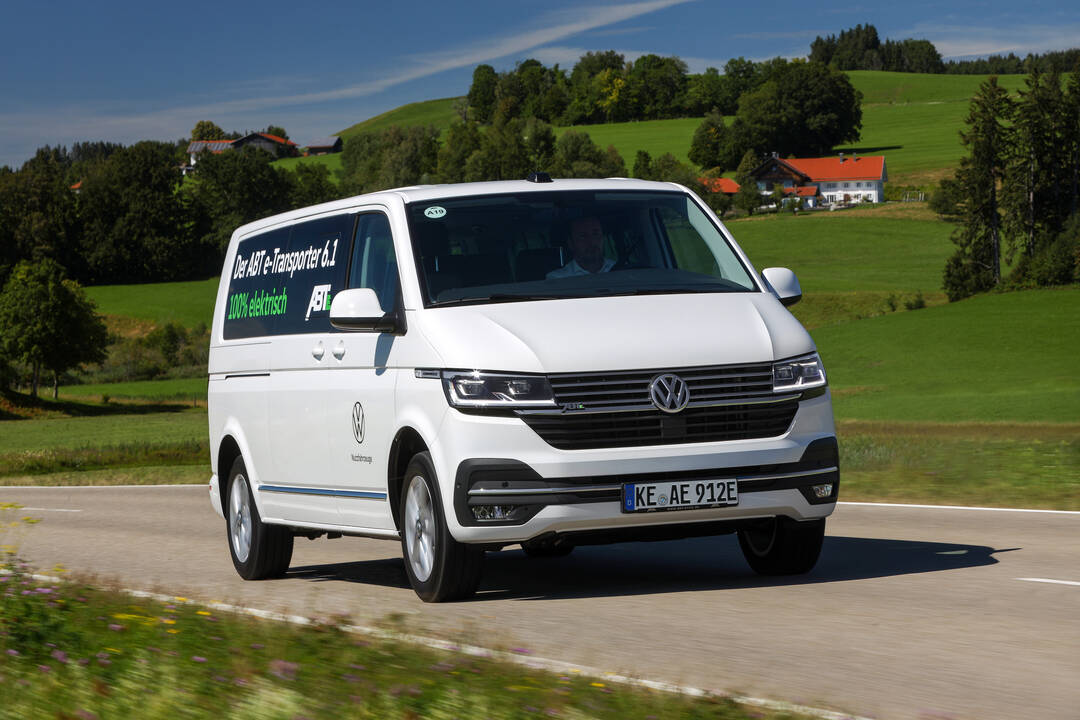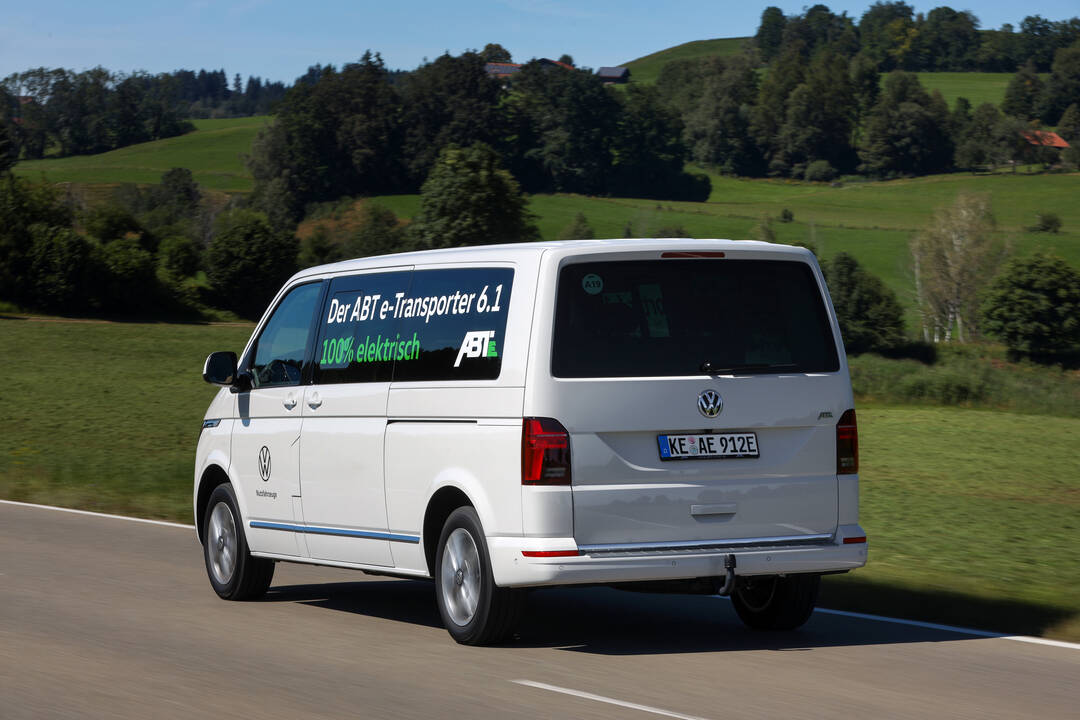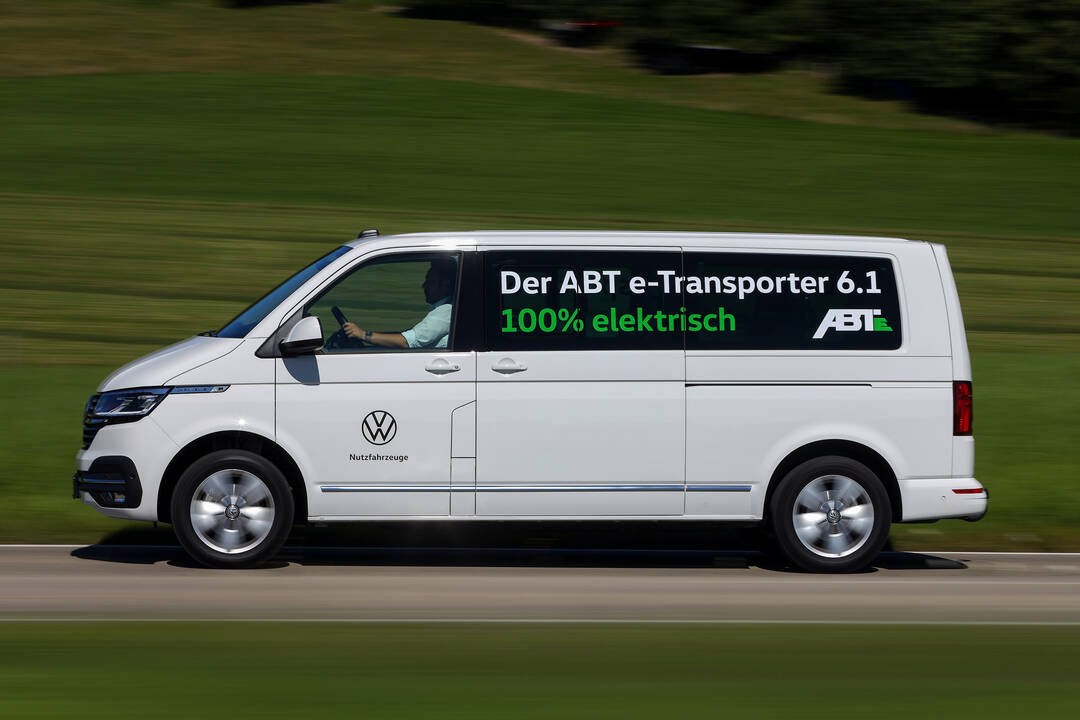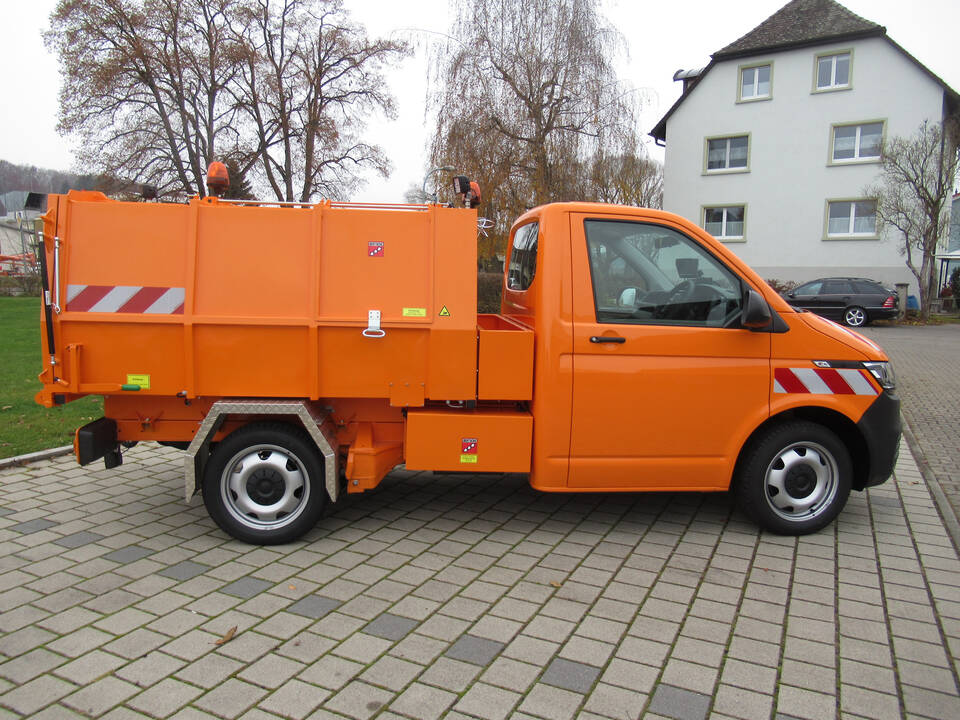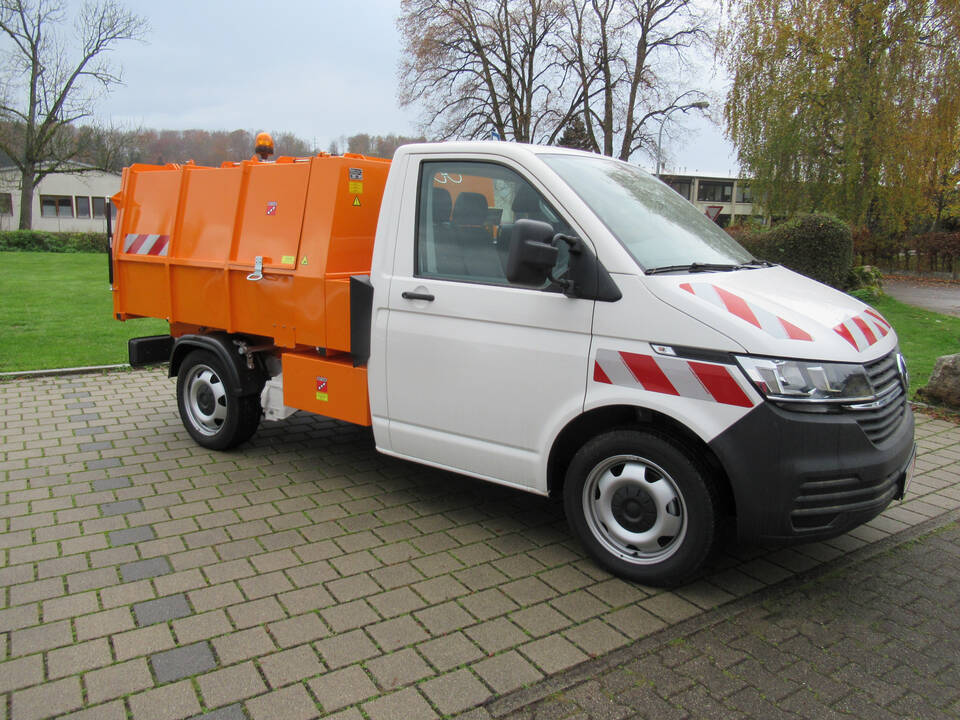Although the purely electrically driven ID. Buzz is available as a cargo version, but anyone looking for maximum storage space or a flexible base for special bodies cannot do without the T6.1. And this is where the Bavarian experts for alternative drives come in with an innovative idea: the conversion of existing vehicles to battery-electric drive.
"This measure is not only particularly sustainable because it produces significantly fewer CO2 emissions than building a new vehicle, but also has numerous advantages for customers," explains Eric Plekkepoel, CEO of ABT e-Line GmbH. Unlike the ABT e-Transporter 6.1, which was only offered in certain body variants, almost all models can be converted: whether long or short wheelbase, with high roof or without, platform models or chassis with special bodies. The base vehicle only has to be a diesel with DSG gearbox. The technical key data correspond to those of the ABT e-Transporter 6.1. Its range is between 105 and 138 km (according to WLTP) – depending on the body and weight, this may vary slightly during conversion. This also applies to the consumption, which was between 27.0 and 35.8 kWh/100 km for the complete vehicle, depending on the version. Thanks to the relatively compact battery with a capacity of 37.3 kWh (gross), the vehicle's usability remains unrestricted. The peak power of the drive is 83 kW and the maximum torque 200 Nm. Combined with the top speed limited to 90 km/h, optionally 120 km/h, this results in economical consumption. The complete charging time is around 5.5 hours at a 7.2 kW wallbox, and at a fast charging station (CCS) with 50 kW this is achieved in around 45 minutes at 80 percent.
The conversion is particularly interesting for vehicles with expensive conversions or superstructures such as refuse trucks, tippers, refrigerated trucks or cherry pickers. In the case of VW T6.1 vehicles that need a replacement engine anyway due to a defect, the decision to convert to e-drive can also be an easy one. Or, of course, if the ID. Buzz Cargo is too small or not versatile enough and other electric transporters fall through the cracks because they are not VW. Since the delivery times for new electric vehicles are generally long and even more time losses have to be reckoned with in the case of special bodies, there is another advantage of the ABT solution: the ability to deliver quickly. "The conversion is carried out by us in just a few days," says Plekkepoel: "If a suitable vehicle for the conversion is not available, the second-hand market is an interesting option with quick availability." Interested parties can use the contact form linked here.
